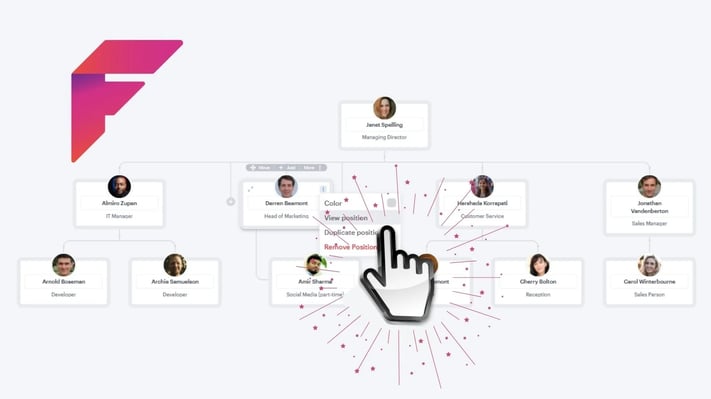Employee directories have come a long way over the last several years. For decades, employee directories were little more than printed lists that were pinned to employees’ desks. They contained basic information such as team members’ names, departments, and contact numbers.
However, modern employee directories have evolved into digital tools that serve several key purposes within the organization. These tools have become critical to a team’s ability to collaborate, communicate, and share information with their colleagues.
As your organization strives to streamline interdepartmental collaboration, step one should be upgrading your directory. Doing so can unlock untold benefits for your business and help the organization achieve its long-term growth goals.
 Employee directories were often simply printed lists affixed to cubicle walls.
Employee directories were often simply printed lists affixed to cubicle walls.
The Evolution of Employee Directories
Before we examine how you can modernize your own directory, let’s take a closer look at the evolution of employee directories.
What once was a simple physical contact list slowly transformed into digitized tools. Now, most organizations’ directories are accessed through their email or instant messaging platform.
With these platforms, employees can quickly search for a colleague by name, view information about the individual’s job title and location, and begin composing an email or message. This probably sounds very similar to the solution your organization uses today.
However, the transition to the next generation of employee directories has already begun. These solutions come in the form of interactive organizational (org) charts.

Org charts allow employees to find points of contact in specific departments, even if they cannot recall the name of the individual they need to connect with. Org charts are easy to create, share, modify, navigate, and edit, making them far more versatile than traditional digital directories.
With each progression, employee directories incorporate more information. Original directories contained little more than names, office extensions, and possibly job titles. Email-based directories added email addresses and basic details about each employee. Org charts include all of the above, plus roles, responsibilities, and reporting lines for each team member.
Modernizing your directory
Are you ready to modernize your directory by building a shareable org chart? If so, then you need to adopt a dynamic org chart solution like Functionly.
With Functionly, you can create powerful, interactive org charts that encourage your employees to collaborate, streamline communication between departments, and help all team members better understand their roles within the company.
Sign up for a free 22-day trial of Functionly to get started.





